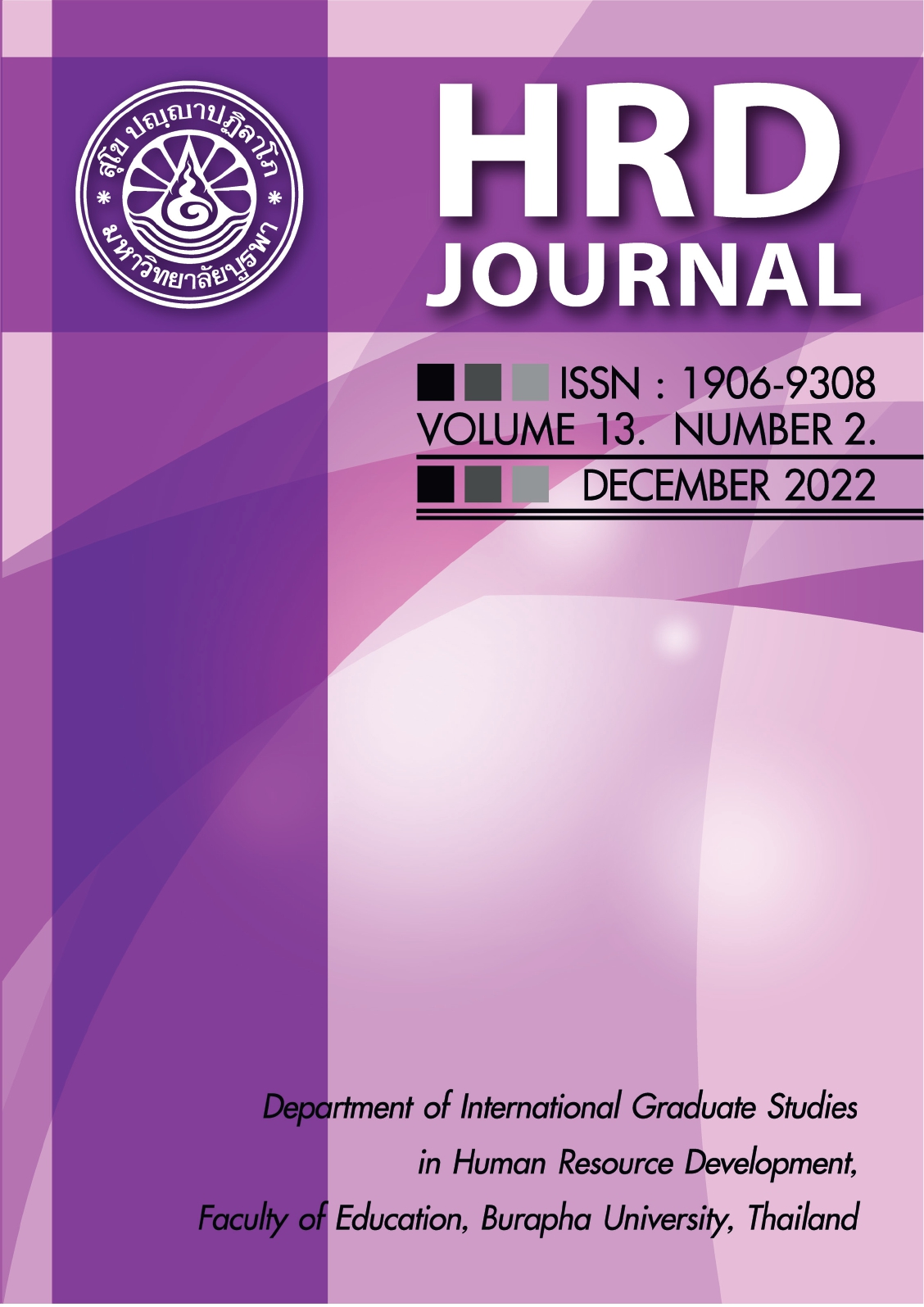Guideline for product development of Handicraft to the creative economy: the perspective of the elderly in Phanat Nikhom Community
Abstract
The purposes of this research were 1) to study the wicker handicraft product that can developed into a creative economy, 2) to study the elderly opinion in Phanat Nikhom community on upgrading community ability to the creative economy of Phanat Nikhom, Chonburi Province. The informants were divided into 10 groups with the total of 100 people. The data was collected through semi-structured interviews and analyzed by Content Analysis.
The research results revealed that; 1. The study of product that can developed into a creative economy in the community was “cha-lom” where the elderly are most proficient at. It was a simple design which suitable for develop into a variety of design and its well-demand in the market. 2. The elderly opinion on upgrading community ability to the creative economy – they thought that was able to develop “cha-lom” product or related product to a new design to be beautiful and useable to increase value of the product. They also wanted to find more distribution channel to sell the product.
References
กาสัก เต๊ะขันหมากและพนิตสุภา ธรรมประมวล. (2563). การพัฒนาผลิตภัณฑ์เครื่องจักสานบ้านปากคลอง บางกระเพียง ตําบลหัวไผ่ อําเภอเมืองจังหวัดสิงห์บุรี สู่เศรษฐกิจสร้างสรรค์. NRRU Community Research Journal, 14(2), 44-56.
จุฑามาศ แหนจอน, สุเนตร สุวรรณละออง, พูลพงศ์ สุขสว่าง, พวงทอง อินใจ, จิณห์จุฑา ชัยเสนา ดาลลาส, ชนัญชิดาดุษฎี ทูลศิริ, ธนิดา จุลวนิชย์พงษ์, สุชาดา พงศ์กิติวิบูลย์, และเกศรา น้อยมานพ. (2565). ขุมปัญญาหัตถกรรมพื้นบ้านเพื่อสังคมแห่งความสุขของผู้สูงอายุยุคใหม่ในเขตพัฒนาพิเศษภาคตะวันออก. วารสารศึกษาศาสตร์ มหาวิทยาลัยบูรพา, 33(2), 14-29.
ชาย โพธิสิตา. (2554). ศาสตร์และศิลป์แห่งการวิจัยเชิงคุณภาพ (พิมพ์ครั้งที่ 5). กรุงเทพฯ: อมรินทร์พริ้นติ้งแอนด์พับลิชชิ่ง.
ทัศนีย์ วงค์สอน. (2562). ปัจจัยส่วนประสมทางการตลาดและพฤติกรรมของผู้บริโภคที่ส่งผลต่อการซื้อซ้ำผลิตภัณฑ์ผ้าฝ้ายทอมือของกลุ่มผ้าฝ้าย อำเภอจอมทอง จังหวัดเชียงใหม่. การค้นคว้าอิสระหลักสูตรบริหารธุรกิจมหาบัณฑิต, สาขาวิชาการบริหารธุรกิจ, บัณฑิตวิทยาลัย, มหาวิทยาลัยราชภัฏเชียงใหม่.
นริสรา ลอยฟ้า. (2563). การเพิ่มมูลค่าสินค้าและเพิ่มช่องทางการตลาดผ่านระบบพาณิชย์์อิเล็กทรอนิกส์ของกลุ่มวิสาหกิจชุมชนทอผ้าไหมลายลูกแก้ว ตําบลนิคมพัฒนา อําเภอขุขันธ์ จังหวัดศรีสะเกษ. วารสารการพัฒนาชุมชนและคุณภาพชีวิต, 8(1), 214 – 226.
ศิริวรรณ เสรีรัตน์ และคณะ. (2546). พฤติกรรมผู้บริโภค. กรุงเทพฯ: วิสิทธิ์วัฒนา.
สุชาดา วงศ์สวาสดิ์และวิไลพร รังควัต. (2563). ความสุขของผู้สูงอายุในชนบทจังหวัดนครราชสีมา. วารสารสังคมศาสตร์และมานุษยวิทยาเชิงพุทธ, 5(10), 17-34
รายงานความเคลื่อนไหวเศรษฐกิจสร้างสรรค์ของประเทศไทย. (2564). เข้าถึงได้จาก https://www.cea.or.th/th/single-research/Thailand-Creative-Movement-Repor
Creswell, J. W. (2009). Research Design: Qualitative, Quantitative, and Mixed Methods Approaches (3rd ed.). Thousand Oaks, CA: Sage Publications.
J. de la P. Girón, M. L. D. Hernández, & M.C. J. J. Castañeda. (2007). Strategy and factors for
success: The Mexican handicraft sector. Performance improvement, 46(8).
Downloads
Published
How to Cite
Issue
Section
License
Copyright (c) 2023 Department of International Graduate Studies in Human Resource Development, Faculty of Education, Burapha University

This work is licensed under a Creative Commons Attribution-NonCommercial-NoDerivatives 4.0 International License.
Copyright@HRD Journal, Burapha University






